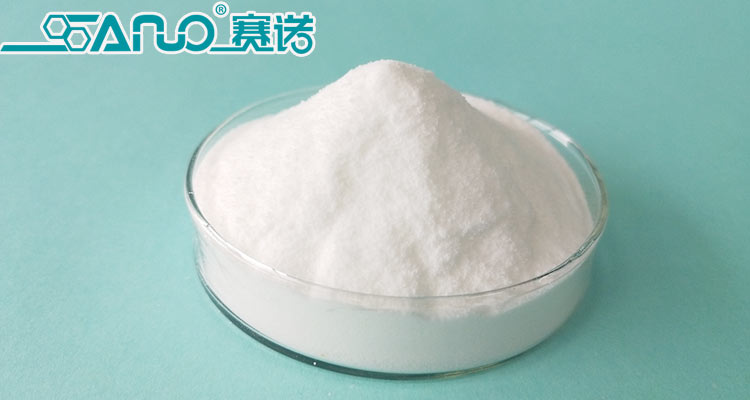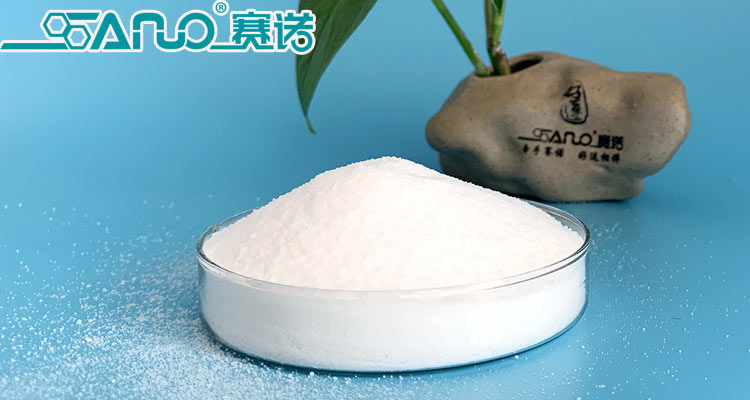There are many kinds of PVC foam products, mainly including hard foam materials and soft foam materials (such as sole materials, artificial leather, etc.). Microporous plastic is a kind of foam with a diameter of 1 ~ 10 μ M, foam density of 1X109 ~ 1×1012 / cm3 new foam material. Compared with non foamed plastics, the density of microporous plastics can be reduced by 5% ~ 95%. After microcellular foaming, PVC can not only reduce density and save cost, but also have many excellent physical and mechanical properties, such as light weight, high impact strength, high toughness, good heat insulation and sound insulation performance, low conductivity and thermal conductivity, beautiful appearance, acid and alkali resistance, moisture-proof and anti-corrosion, flame retardant and fireproof, stable size, simple molding, surface coloring, printing or coating, easy processing Good weather resistance (can be used outdoors) and other superior performance.

ope wax for PVC foam products
Rigid PVC micro foamed materials have a wide range of applications, including foamed boards (such as foamed foot boards, foamed wall strips, wall and ceiling panels, roof colored tiles, etc.), foamed pipes (such as cable protection pipes, drainage pipes of roads and railways, building sewer pipes, agricultural irrigation pipes, industrial protection pipes, etc.), foamed profiles (such as curtain rails, rolling shutter frame profiles, door and window profiles Balcony panel profile, indoor and outdoor floor, etc.).
① Free foaming refers to the unrestricted free expansion of the melt as soon as it leaves the die, and then enters the setting device with larger size after a short period of time. Free foaming makes all the bubbles form on the cross section of the extrudate. The growth of surface bubbles is limited by cooling, and finally a continuous density, moderate surface hardness and smooth product is formed. This method has the advantages of simple process and is suitable for producing products with thickness of 2 ~ 6mm, simple geometry and dull surface (such as pipes, sheets and profiles with simple geometry).
② The inward foaming method, skin foaming method or celuka method adopts a special die with core inside to separate the plasticized materials, the setting device is connected with the die, and its outer contour is the same as that of the die. When the material is sent to the setting sleeve in front of the inlet die, the melt containing foaming agent enters the cooling setting sleeve as soon as it leaves the mouth film, and undergoes rapid cooling on the whole surface, so as to prevent the formation of surface bubbles and any swelling on the section of the extrudate, so as to form a skin layer on the surface. At the same time, the core in the die makes the cavity formed in the semi-finished product filled with the foam formed by the remaining melt, that is, foaming inside. By controlling the cooling intensity, products with surface thickness of 0.1 ~ 10mm and product wall thickness of more than 6mm can be obtained. This method can produce profiles with complex cross-section shape. The products have the characteristics of smooth surface, high hardness and low density in the core area. In addition, by combining this method with method ①, a product with skin on one side and free state on the other side can be obtained.

③ Coextrusion uses a combined head and two extruders to extrude the non foaming surface layer and foaming core layer respectively. The variety or formula of the two layers of plastics can be adjusted according to needs to make the products meet the density and size required by the standard. Most of the core foam pipes produced in China are produced by this process.
Although the above three processing methods have their own characteristics in formula composition, die structure and processing technology, how to control the foaming behavior of melt and obtain satisfactory cell structure is the common core problem in the extrusion process. The final foaming process of the gas dissolved in the melt actually occurs “suddenly” after the melt leaves the die. After the melt leaves the die, due to the sudden drop of ambient pressure and the change of temperature, the dissolved gas is in a supersaturated state, the gas-liquid two-phase separation, and a large number of microbubbles are formed at the nucleation point. The size of bubble growth depends on the saturated vapor pressure of decomposition gas and the ductility and strength of melt itself. On the one hand, under the action of gas pressure, the bubbles grow continuously; On the other hand, the strength and ductility of the melt will limit the growth of bubbles and determine whether bubbles break or merge. Once the outward expansion force of the gas is balanced with the viscoelastic force increased by the melt due to cooling, it shall be cooled and shaped immediately to maintain the bubble structure and prevent bubble collapse. In the actual extrusion foaming process, the key factor affecting the quality of foamed products is to control the generation and growth of bubbles to form small, uniform and independent cell structures.
Qingdao Sainuo Chemical Co.,Ltd. We are manufacturer for PE wax, PP wax, OPE wax, EVA wax, PEMA, EBS,Zinc/Calcium Stearate…. Our products have passed the REACH, ROHS, PAHS, FDA testing. Sainuo rest assured wax, welcome your inquiry! Website:https://www.sanowax.com
E-mail:sales@qdsainuo.com
sales1@qdsainuo.com
Adress:Room 2702,Block B, Suning Building, Jingkou Road, Licang District, Qingdao, China
Post time: Aug-18-2021
